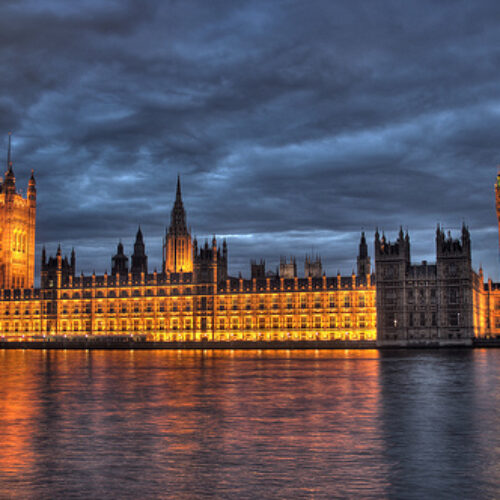An extra £20 million cash injection to boost the number of on-street electric vehicle (EV) chargepoints across the UK was recently announced by the Department for Transport (DfT), with its decision to extend the current On-Street Residential Chargepoint Scheme (ORCS) into 2021/22.
This is a welcome move – with the sale of new conventional petrol and diesel vehicles banned from 2030, and with a nationwide net zero target to meet by 2050 (2045 in Scotland), the need to get a comprehensive UK charging infrastructure in place is more pressing than ever.
At the moment, we’re in a classic ‘chicken & egg’ situation. For many developers and local authorities, there needs to be more EVs on the road to justify the necessary infrastructure investment. Yet most drivers are unlikely to buy electric vehicles while the availability of public chargepoints remains patchy.
EV ownership is currently concentrated among those households that can afford their own garage or driveway and can charge their vehicle from their home supply. But for those who aren’t in that position, owning an EV remains fraught with issues: public charging remains both a lot less convenient and more expensive than home charging.
On the same day as the ORCS announcement, the Policy Exchange think-tank released a report that makes some interesting recommendations to accelerate public chargepoint deployment. To specifically boost installation in areas where rollout is slow, it advises that the government should invite private firms to tender for the work, with ‘minimum revenue guarantees’ attached. The report also recommends that the government fund dedicated ‘chargepoint teams’ in local authorities, expediting rollout by acting as a central hub for highways, planning and environmental departments.
However, while the Policy Exchange’s idea to get the private sector more involved in chargepoint deployment is sensible, convincing them to provide fair and equal access to charging across all areas of society is more difficult than they think. It might seem counter-intuitive, but locations with more affluent households are still viewed as better investment opportunities by developers, because the likelihood of EV ownership is higher – despite the fact that most of these households will charge their vehicles at home rather than at public chargepoints.
Governments can offer incentives, but this in itself will not be enough to attract sufficient private finance to underserved areas: what they need is hard evidence that a business case exists.
Similarly, dedicated chargepoint teams at local authorities would still need to work with a range of stakeholders – both public and private – to justify and action every installation. Identifying those locations likely to be the first to generate charging demand, and where installation is technically feasible, is still a considerable challenge. Going through all the necessary steps to establish a strong and actionable case for installation can be a time-consuming process – but time is not something we have a great deal of with the 2030 deadline looming.
Boosting EV ownership is a key government policy, but the rollout of public chargepoints remains slow. The reality is that stakeholders in both the public and private sectors require evidence to support investment in necessary infrastructure. More than ever, information is power, which is why the Charge Project advocates an intelligence-led approach to accelerating chargepoint rollout.
One of our core areas of focus is ‘ConnectMore’, a free online tool we’re currently designing which will enable developers and planners in the North West to identify optimum locations for public chargepoints. It’ll do this by cross-referencing forecasted charging demand per area with available capacity on the electricity network. It’ll also provide a budget quote for connection to the network. Our aim is to accelerate installation by providing in one place all the evidence that’s needed to get chargepoint projects off the ground.
We want to empower local authorities with a tool that makes the ORCS submission process as pain-free as possible. We also want to make it easier for private firms to identify where opportunities exist to run a chargepoint scheme that quickly justifies its initial outlay. Because while incentives are nice, a costed business plan is even better.




